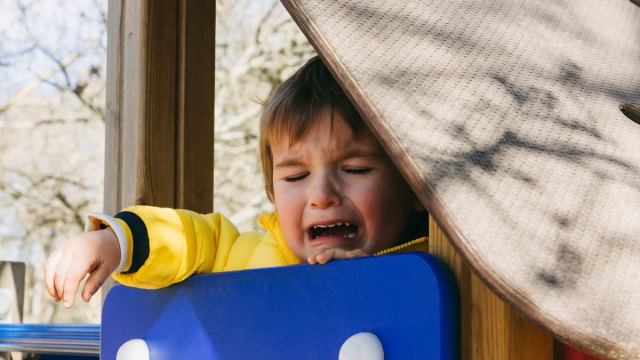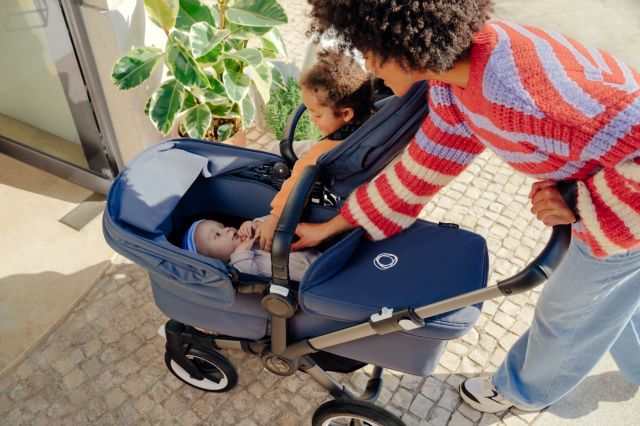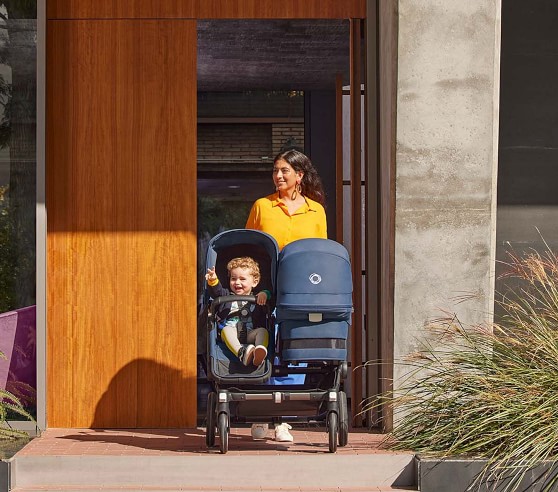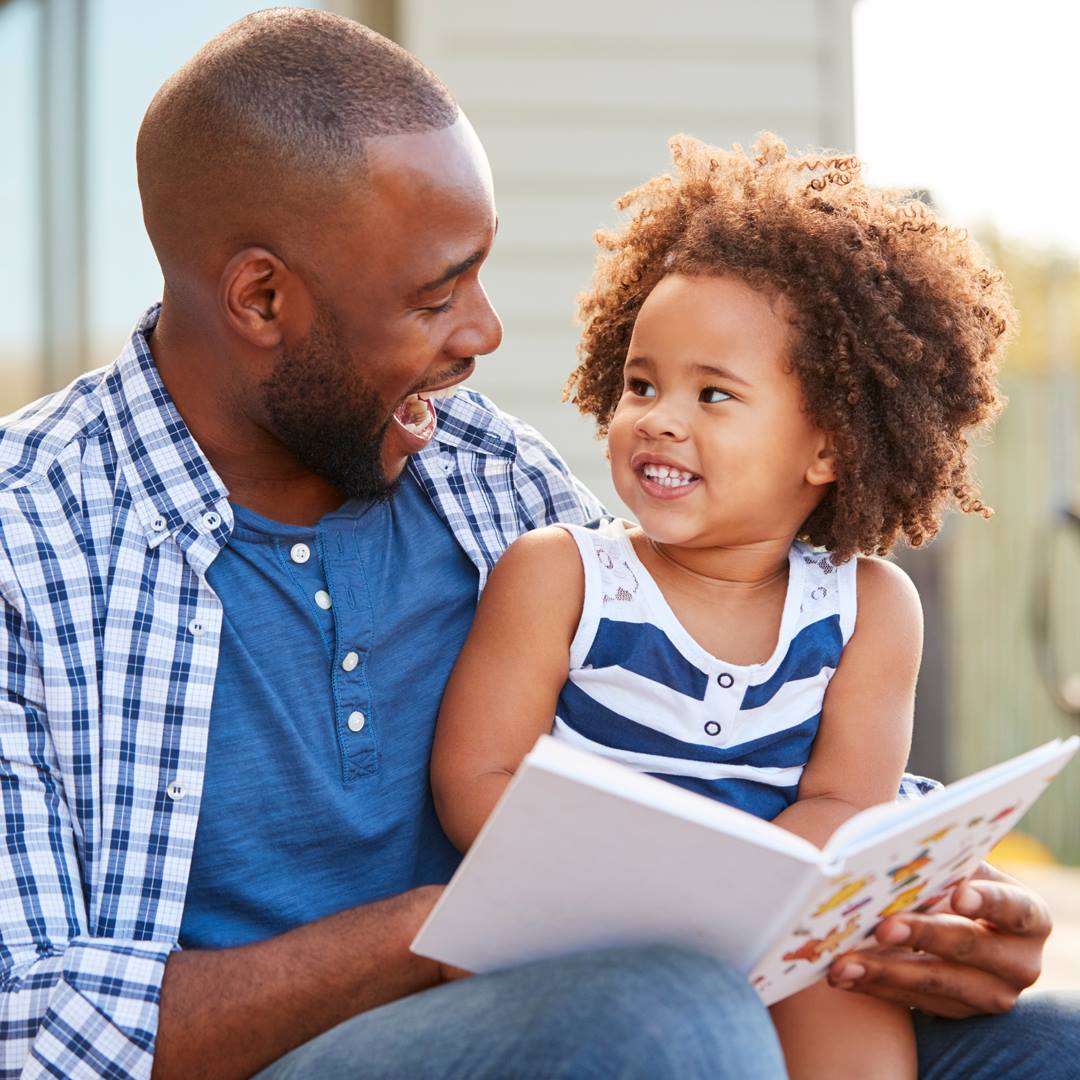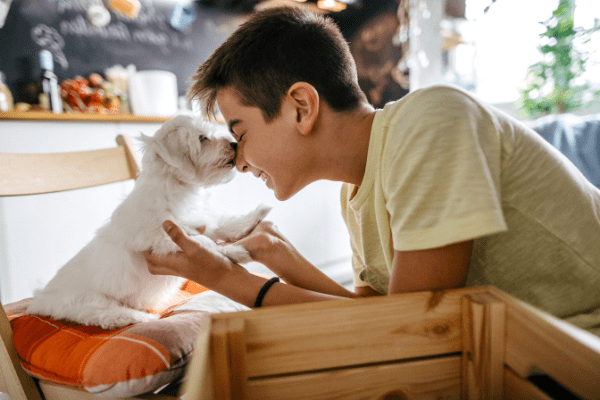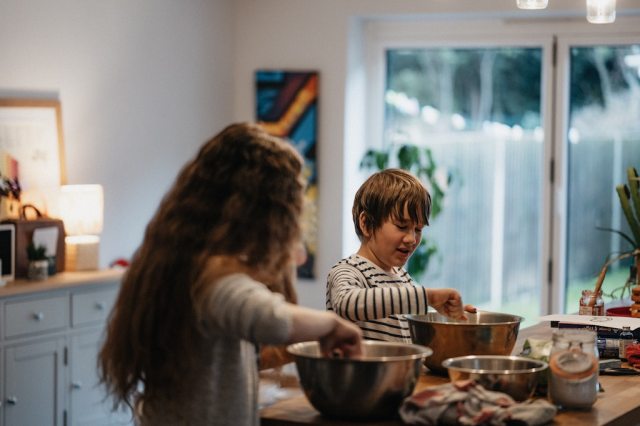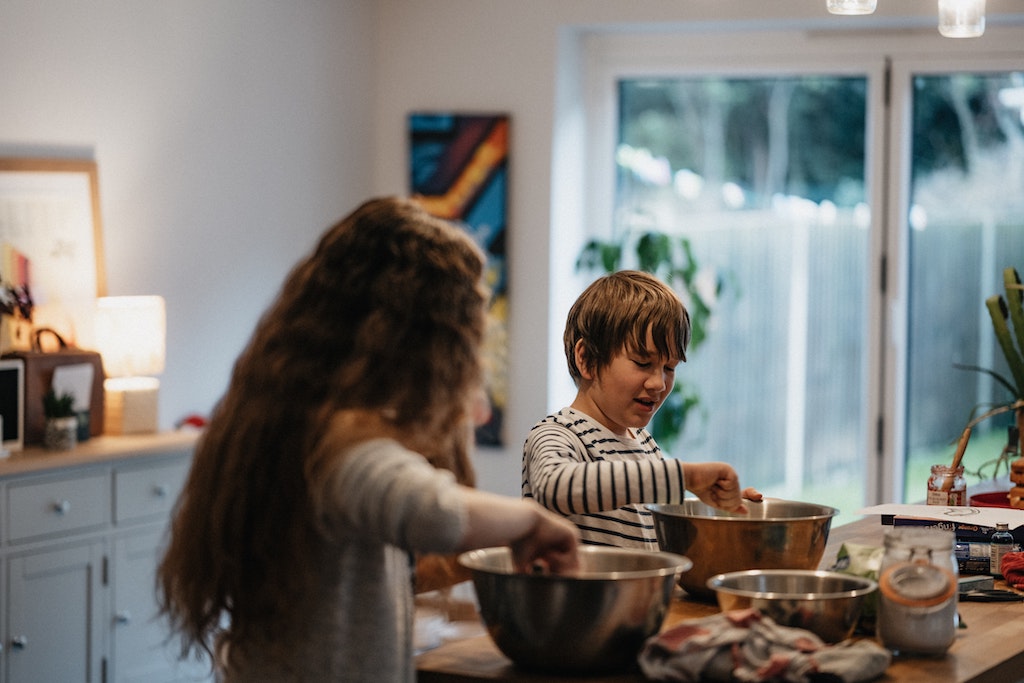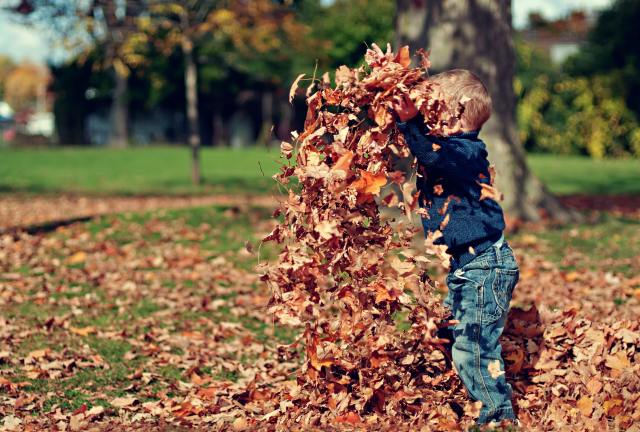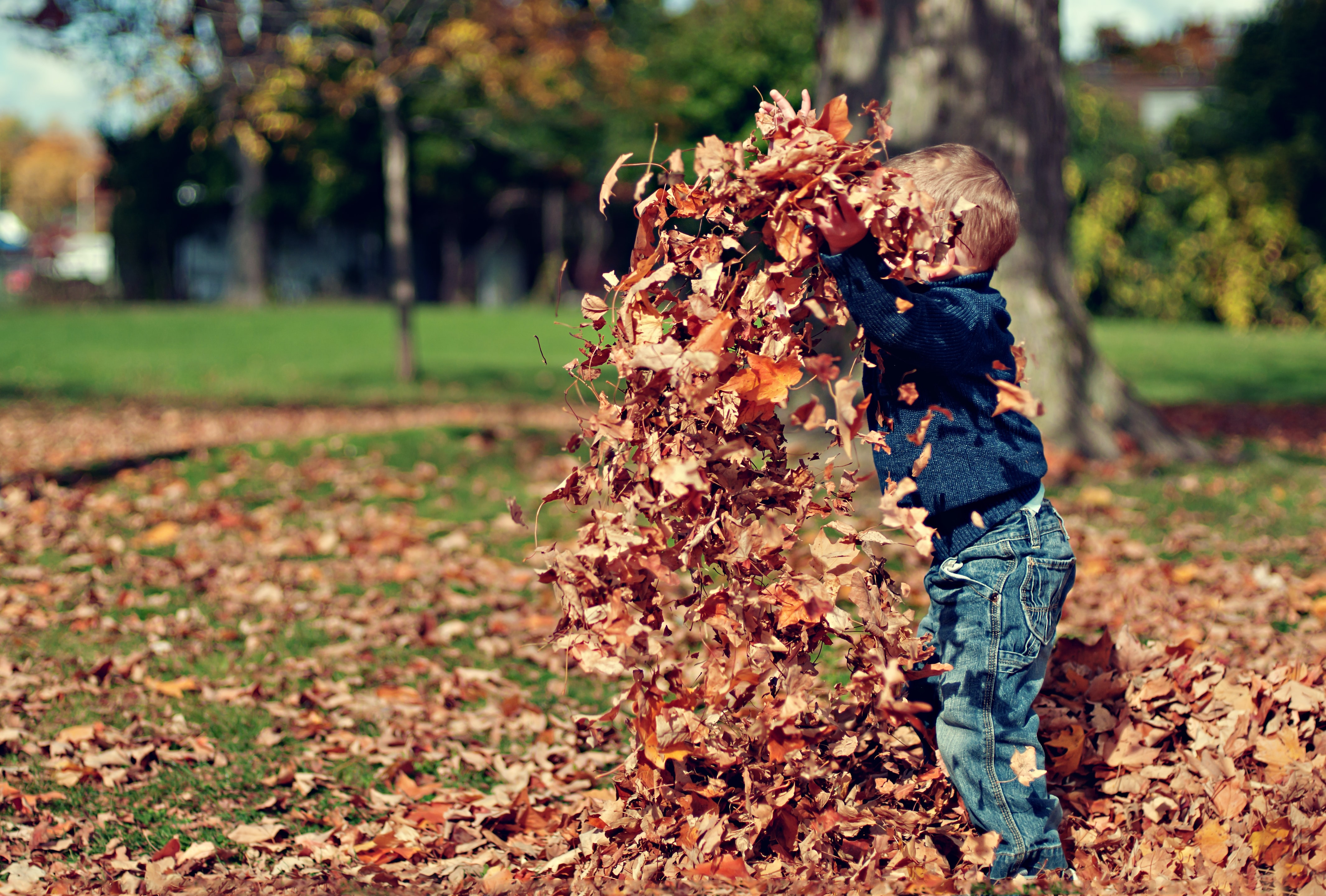It’s all about lowering the bar and bringing expectations back to normal
It’s quite common that couples have trouble connecting, especially when you add kids and jobs and the stress of the world into the mix. The passion you once shared in your pre-kid life has… morphed, shall we say; now you’re lucky if you have the time and energy to sit and discuss your day after the kids have gone to bed, let alone engage in any sexy business.
A common frustration is that one partner doesn’t feel “in the mood” when the other initiates sex, but a quick perspective shift can change that. Sex therapist Vanessa Marin explains that we’re putting too much pressure on ourselves to expect it to happen this way. “Most of us think that we are supposed to be turned on in the exact moment that our partner initiates. And that can lead to this feeling of being put on the spot, feeling embarrassed or ashamed that you are not turned on when they initiate.” Does it say something about me or us that I’m not into it?
@vanessaandxander
Marin suggests that we remember that a couple is made up of two different people with different needs. “It would just be too much of a coincidence for you both to be wildly turned on and ready to go at the exact same moment every single time.” In fact, Marin admits that she’s only turned on about 20-25% of the time when her partner initiates sex. (And she’s a sex therapist!)
Rather than feeling upset or annoyed by this situation, Marin has a suggestion for couples: “Instead of asking yourself in that moment, ‘Oh my god, am I turned on right now?’ tell yourself, ‘My partner wants to connect with me. They want to be close to me right now. Am I open to seeing if I can get turned on? Am I open to seeing if I can connect with them?’ That way you just lower the bar, bring expectations back to normal, and you might find that you are so much more open to connection.”
This simple reframing can take the pressure off the situation and leave you open to engaging with your partner on a romantic level.
In previous TikToks, Marin shared other simple tips for connecting with your partner, like doing something new together or talking about your favorite memories as a couple, like your wedding or first date. She also explained why she and her husband find that making out every night without it leading to anything is a great way to keep their connection strong.
Sometimes all it takes is shuffling the deck a bit and re-thinking your approach.






